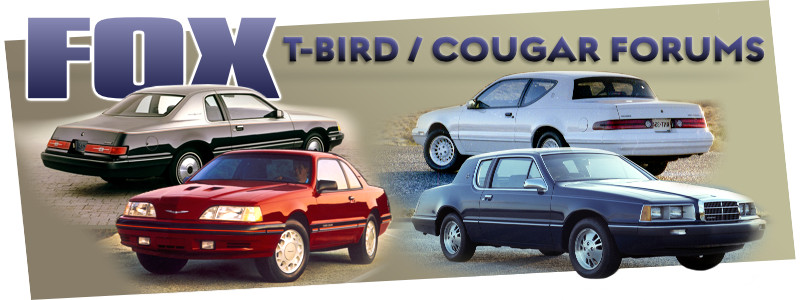Saturn Math

Reply #12 –
Its because youre going by the tank being full, not the gauge reading full. Forget about the gas gauge, youre right, it will never be accurate. The only real way to tell the tank is full is to actually make sure its filled up. So if you FILL it up, drive it down, and then fill it to the same level again, you can tell exactly how much you used. You cant fill it to a certain level on the gauge and then try to fill it to the same level again, because how do you even know how much you used, and how much to pump to get it to the same level?
Basically you should only use the gas gauge to tell you when to go fill up. Make your car happy and fill that tank.
 Topic: Saturn Math (Read 1734 times)
previous topic - next topic
Topic: Saturn Math (Read 1734 times)
previous topic - next topic
